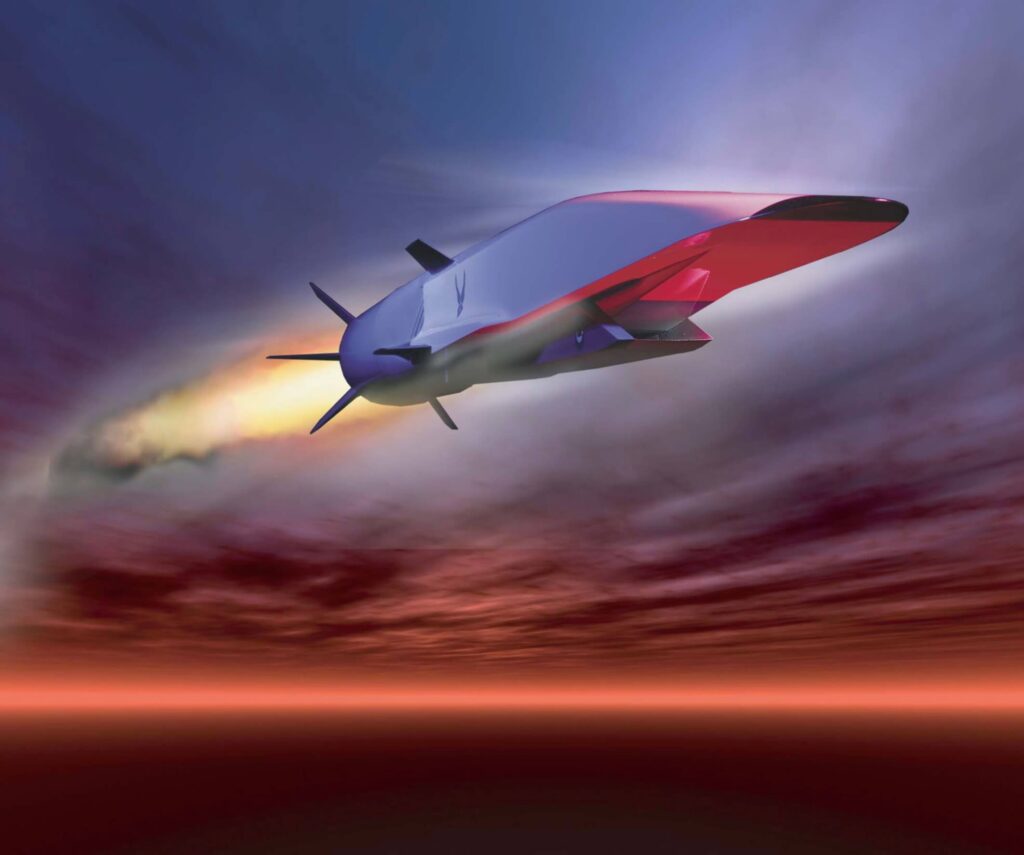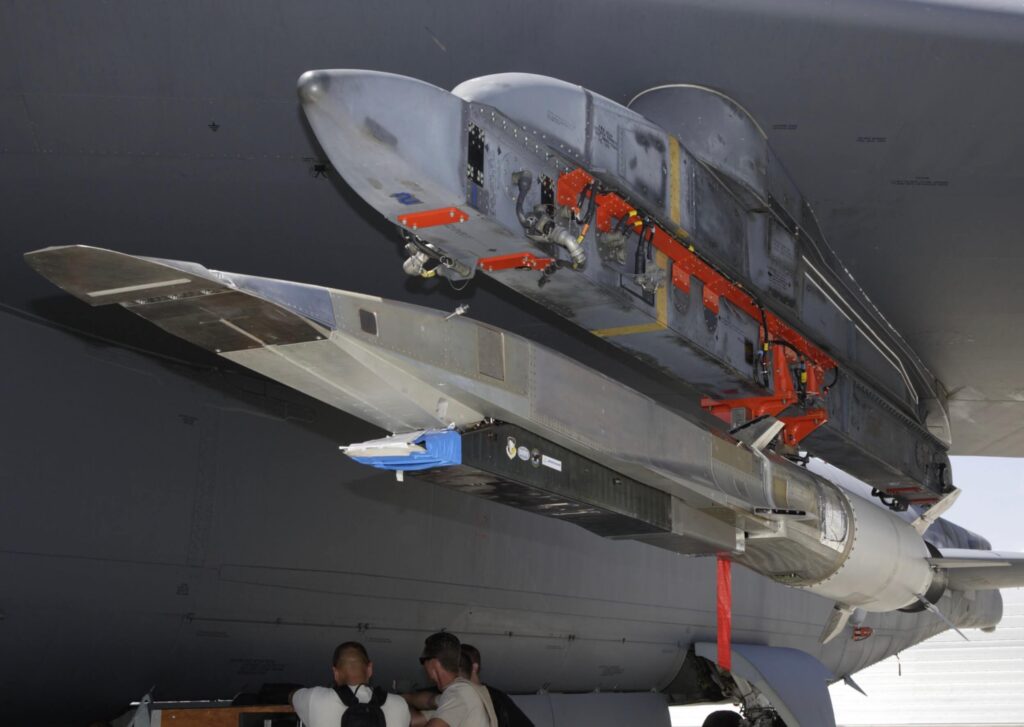China’s bold technological advancement has positioned the country at the forefront of hypersonic weapons. Recently, they announced the creation of a revolutionary material, previously deemed ‘impossible,’ designed primarily to cover and protect surfaces of hypersonic vehicles and weapons against the extremely high temperatures caused by atmospheric friction during hypersonic flights.

This breakthrough, described as a game-changer in modern defense, has caused alarm worldwide. The Pentagon had already expressed its concerns about China’s growing superiority in this area, especially after detecting a hypersonic vehicle that the U.S. had labeled as unattainable. As confirmed by Ai Bangcheng, the project leader, China has not only developed this material but has demonstrated its effectiveness in real tests with its new generation of ‘waverider’ hypersonic cruise missiles. Remarkably, the technological foundation of these missiles traces back to research by Qian Xuesen, a Chinese engineer who collaborated with NASA in the 1940s.

The new material can withstand temperatures of up to 3,000 degrees Celsius and ensures uninterrupted communication under extreme conditions, a factor that could be decisive in modern combat. While China leads this race, the U.S. is not far behind. They have introduced their first ‘waverider’ hypersonic missile in collaboration with DARPA, aiming to reclaim leadership in this crucial area.
In summary, China’s progress in hypersonic technology has reshaped the global defense landscape, highlighting the dynamism and unpredictability of modern military technology. The competition in this field will undoubtedly dominate security and defense discussions in the coming years.











